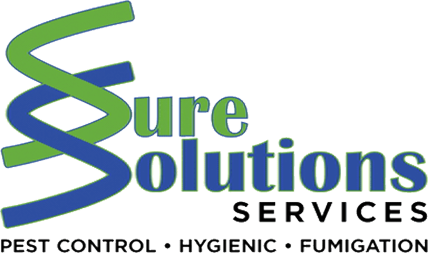Services
Termite Control Solutions (TCS)
Programs
Free Consultation
PRE-CONSTRUCTION SOIL TREATMENT
The entire floor area and perimeter shall be treated with termiticide prior to the pouring of the concrete slab. The best time to protect your biggest investment against future infestation of termites is in this construction stage.

Reticulation Pipe Installation
How Does It Work?

Junction boxes (refilling points) in reticulation piping is used for periodical recharching of the termite control chemicals. It is installed on the outer walls of the building so the chemicals can be reapplied without disturbing the occupants inside.
Although reticulation pipe system is known to be a reliable termite control solution, it is still highly recommended to conduct regular termite inspections to make sure that the system is working as intended.
POST-CONSTRUCTION SOIL TREATMENT
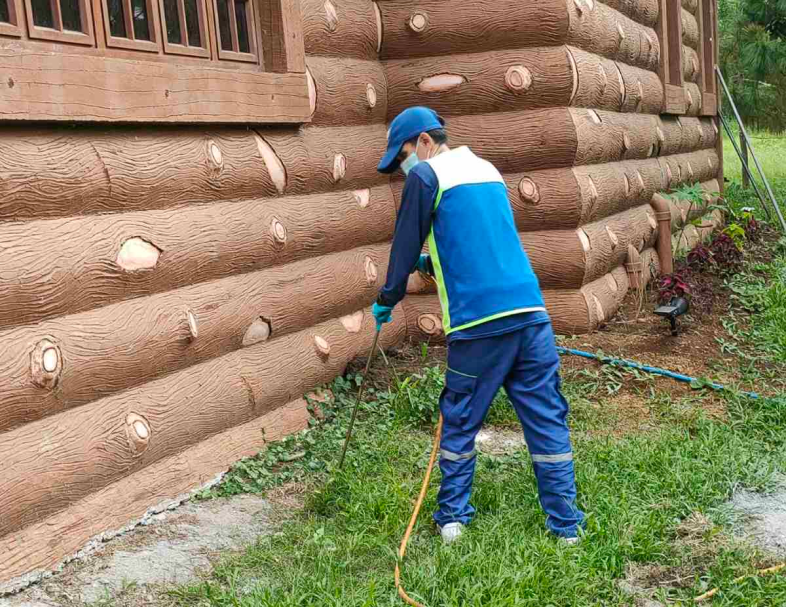
Garden and Perimeter Spraying
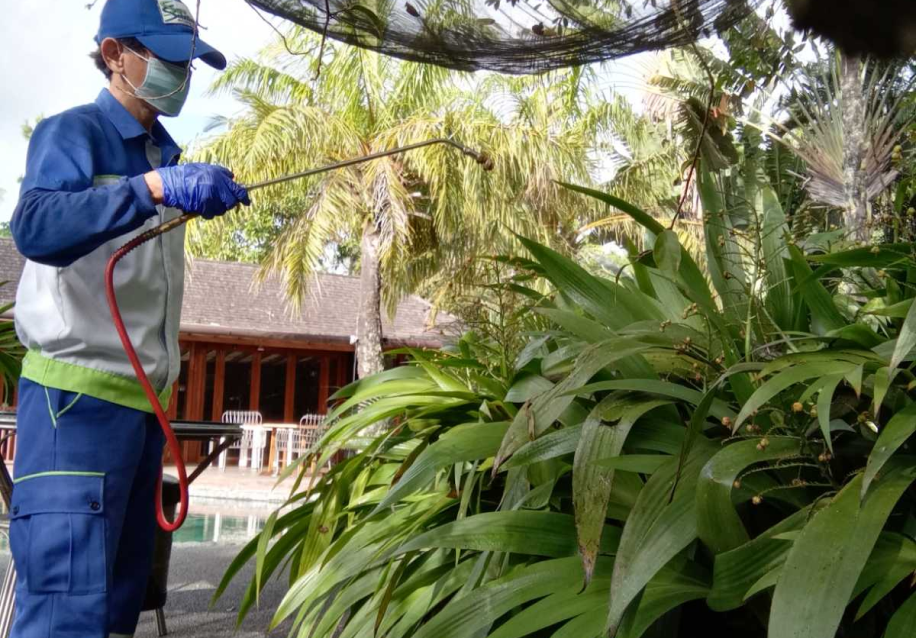
What is Garden and Perimeter Spraying?
What Are The Areas That Should Be Sprayed?
- Near building foundations
- Pipe openings
- Entryways or corners around the door
- Garage doors
- Window sills
- Ceilings
- Cracks and crevices
- Under the decks
- Under the bushes
Termite Baiting System Installation
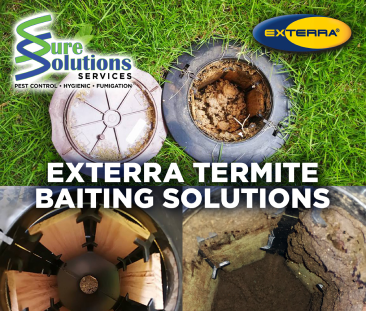
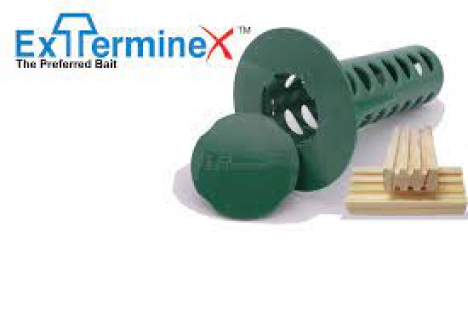
What is Termite Baiting System?
It is also important to know about the termite caste system in order for this treatment to work. Termite baiting involves connecting with the worker termites and the termite queen which results to the eventual elimination of the entire termite colony.
The termite baiting systems that we use are Exterra or Exterminex Baiting Systems. Both products are known worldwide to effectively eliminate termites. These are environmentally friendly, safe, odorless, and are registered with Food and Drug Administration (FDA).
Above-Ground Termite Baiting System
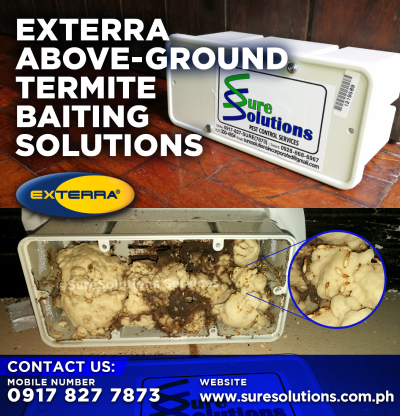
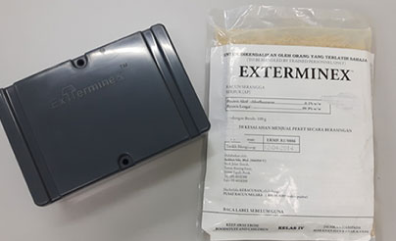
It is necessary in order for this system to be effective that actual active termites are present. This is the reason why the homeowner or property manager, upon discovery of termite infestation, not to spray any household pesticides or chemicals directly to the termites, otherwise, they will just be disturbed and scatter.
The best way is to contact a professional to immediately install termite baits.
How Does It Work?
Since termite baiting deals with subterranean termites, its bait should also adapt to the needs of its prey. Termite baiting system uses a device called termite detector station which is planted on the ground and encourages termite feeding. Wood will be placed inside and can later be replaced with a toxicant that prohibits immature worker temites to molt so they die prematurely.
To be able to accomplish eradication, a pre-baiting strategy must be implemented. There are 3 phases to a successful baiting:
Phase 1: Pre-baiting
- Scout termites will be locating food sources underground. They will find termite detector station with wood inside and tag it with pheromones. Worker termites will be following the pheromone trail and begin feeding on the wood. This will go on for some time until the worker termites build connection or “trust” with the bait.
Phase 2: Using Toxicant
- Once you gather the workers’ trust and they keep feeding on the bait, a growth hormone or toxicant can be placed, replacing their food. The workers will feed on this hormone until the feeding stops. The length of the feeding depends on the size of the colony.
Phase 3: Termite Colony Control
- After the feeding stops and enough worker termites are killed, there will be a huge impact on the system of the colony. Worker termites are in charge of bringing in food for the other termites, and with them gone, there won’t be enough food source for everyone. This will starve the whole colony. The worker termites also feed the soldiers and the queen. The decline of the colony will start to unfold.
Source: https://entomology.ca.uky.edu/ef639
https://content.ces.ncsu.edu/termite-baiting-systems
https://www.exterra.com.au/
https://www.exterminex.com.au/
Termite Mound Demolition
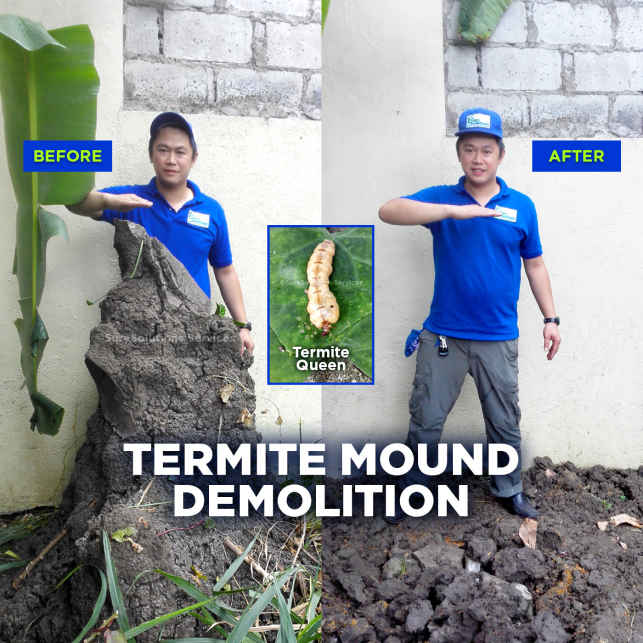
What is a Termite Mound?
A single termite mound can take up to 3-4 years to build, but due to changing or harsh weather, a portion of it might collapse. This is a never-ending race against time as termites perpetually fix and improve their mounds. Even if a termite mound is 10 feet away from your property, termites can still reach inside it.
Is It Easy to Demolish Termite Mounds?
https://www.nationalgeographic.com/animals/article/140731-termites-mounds-insects-entomology-science
Innovative Termite Detection Technology
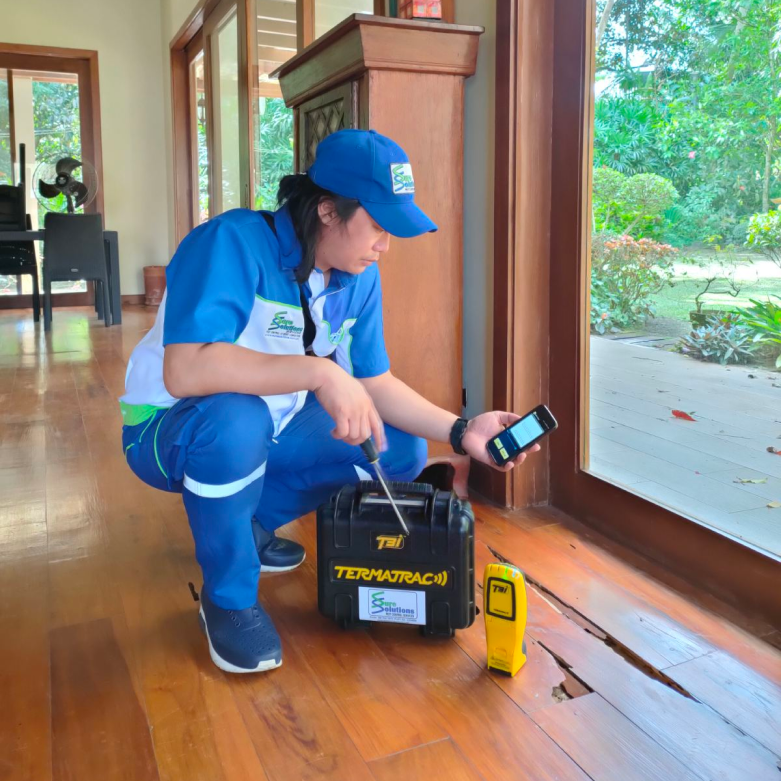
State-of-the-Art Temite Detection Technology. Termatrac’s detection technology is unique to the market, designed and specifically calibrated to detect termites and other insect activity. The Radar sensor technology can be found on both the T3i All Sensor and the T3i Radar-Only. The radar technology confirms movement by penetrating through most building materials to locate and track termite and other insect activity.
Free Consultation

Need help with pest control?

Contact us at:
Email: inquiry@suresolutions.com.ph
suresolutionservices@gmail.com
Free Consultation:

The Termatrac
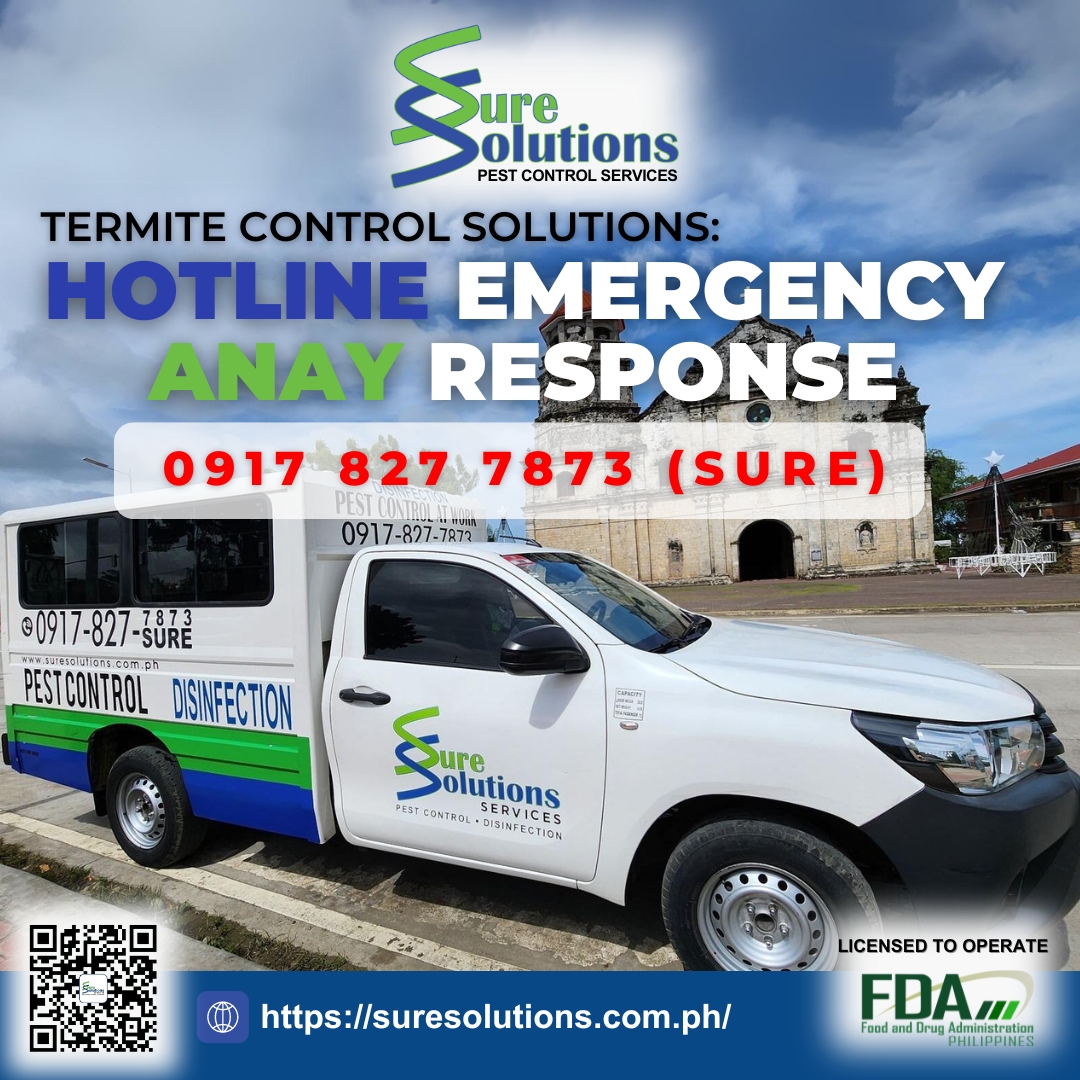
How to Eliminate Termites in Your House: A Guide for Homeowners in the Philippines
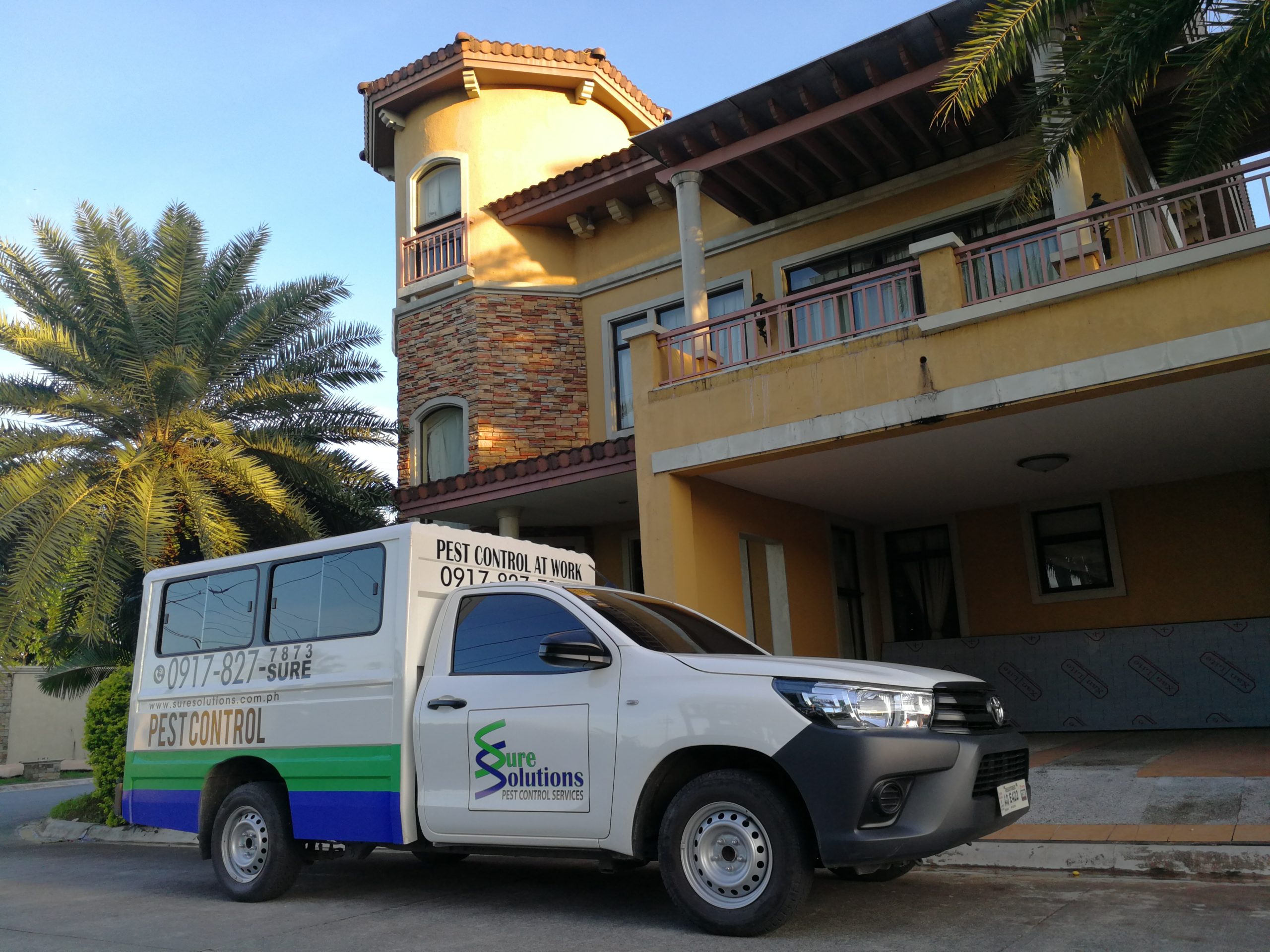
Demand for much environmentally safe pest control methods and use of green chemicals are increasing

Environmentally Friendly “Green” Pest Control Chemicals is a Must

Difference Between General Pest Control and Termite Control

Do you need to hire a licensed pest control operator to do pest control?

Latest Developments and Trends in Pest Control

How to Do Pre-Construction Termite Control

